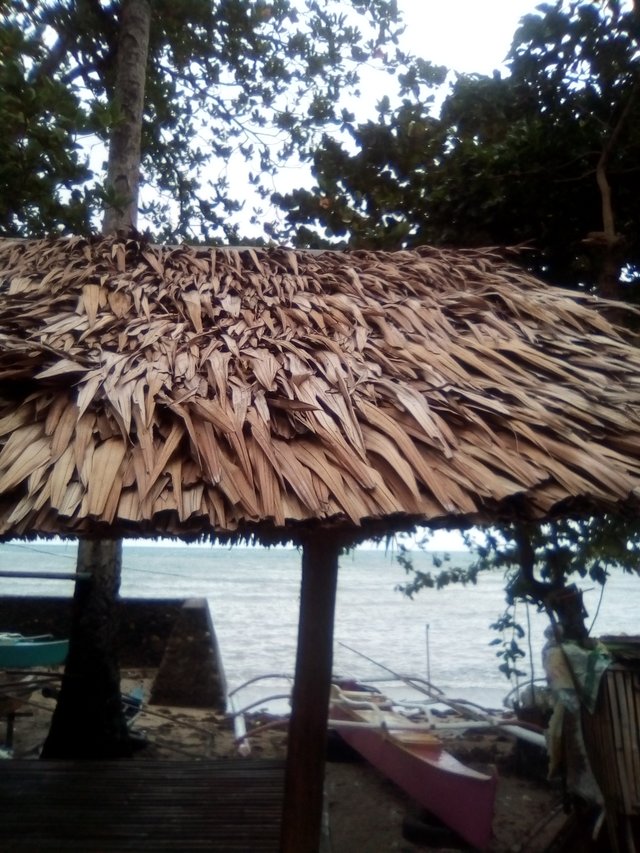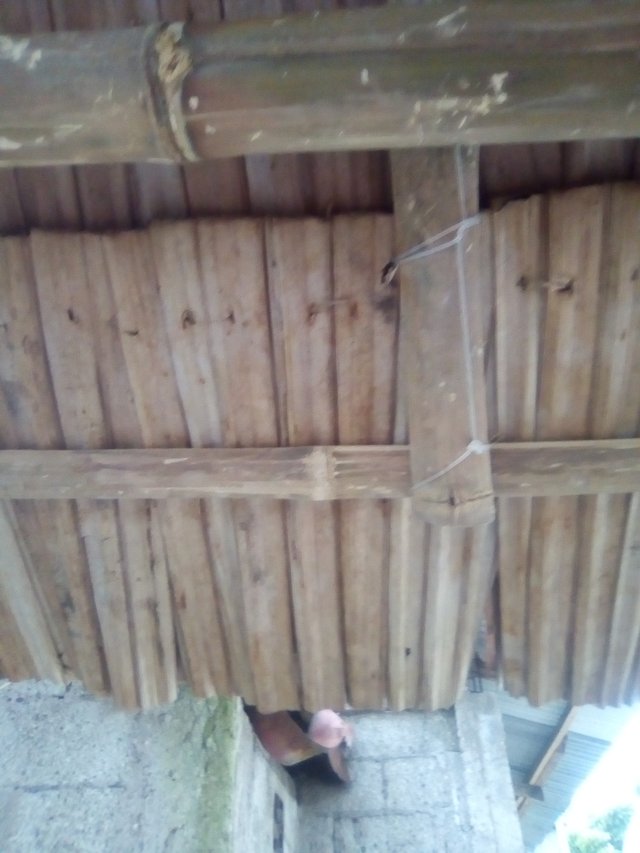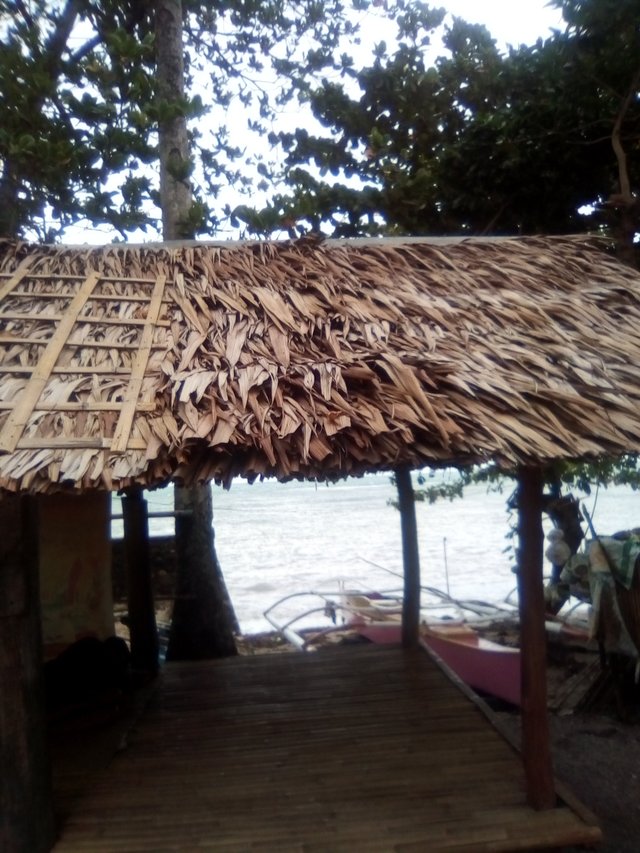
"NIPA" is a kind of plant or a tree but the leves of it was made to be a roof. Others called it "nipa hut" but in my province we just called it nipa. Long ago in an old generation, no metal yet in the Philippines that's why there were no galavanized iron to made as a roof. So our ancestor decide to made the "nipa" as the roof of each house. Actually i knew three kinds that they made to be a roof, one is "sulirap" (made from coconut leaves), "cogon grass"- it was considered as a grass but it was a long kind of a grass that found in the mountain only and lastly the popular they used is "nipa"- it is like a coconut leaves but the leaves is wider and the tree of it is shorter. "Nipa" is commonly used to be a roof because it's not easy to decomposed and the leaves are wider to make it to attach every leaf on it in making. They put a small piece of bamboo serves as the guide where the nipa leaf will be put.
Like this, the "nipa" should be in alignment so that the if the rain falls it can't pass through it. The nipa has a measure of it's long and they are tied of each other preventing not to loosen up if the wind blows. Usually the nipa will be replace in every six months. The nipa plant will be found in a place where there are waters under or in a colder places in the mountain. 
If you're familiar of a old fashioned house in the Philippines (bahay kubo), most of the roof of it that they used is "nipa". But ofcourse nowadays because of technology, the nipa will only be used in a "payag" or waiting shed. Also there are still using nipa because the heat of the sun can't direct inside. The house with a roof of nipa is kind of colder unlike in galbanized roof.
Thank you for reading